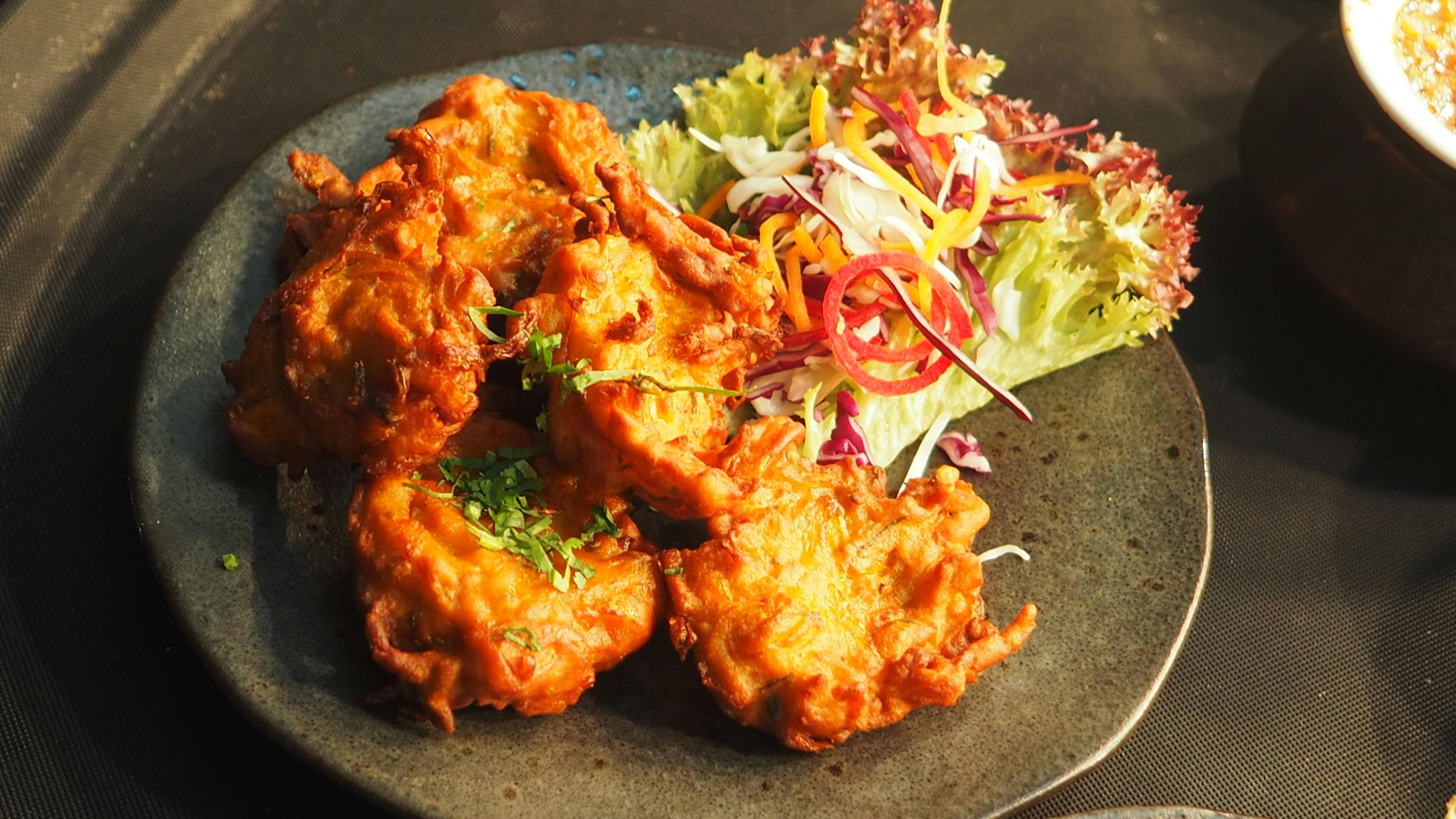If you live in the southwestern United States, you’ve probably assumed that cumin originated in Mexico. This assumption seems reasonable since there is hardly a dish of Mexican origin that does not contain cumin in some form.
It turns out that cumin comes from the Mediterranean. Some sources indicate that its original plot was in Egypt. Those early Egyptians used cumin seeds in their cooking and also in their mummification process. Cumin seeds have been found in graves dating back 4,000 years.
The Greeks used cumin as a seasoning, keeping a bowl of the seeds on the table to enjoy with bread and wine. This little seed was considered the best seasoning available in the Greek world in those years before Christ. Socrates considered it an aid for academic activities, while others sought it for medicinal purposes: digestive problems and flatulence. (This particular medicinal use continues today in South Asia.)
Very little is recorded of the medicinal uses of cumin among the ancients. However, cumin was sought after to the extent that it had good bartering power, which is the equivalent of today’s monetary value. Carrying a large bag of cumin seeds was like having a wad of cash in your pocket. The clues about the medicinal use of cumin point mainly to stomach and digestive problems.
As the use of cumin seeds spread across Europe in trade, cumin became the popular and available spice for cooking. It stayed that way for centuries until the availability and use of caraway seeds squeezed it out.
European folklore surrounding cumin indicates a belief in the seed’s ability to guarantee fidelity. It was believed that consuming the seed or powder prevented a married man from going astray, and a flock of chickens from wandering away from home. In some communities it became common for the bride and groom to bring cumin seeds to their wedding ceremony. Many carried cumin in their pockets on any given day. A man going to war drank cumin-enriched wine before leaving and then took with him a loaf of cumin-seeded bread. There are no reports of the effectiveness of this entire ceremony. Perhaps the lack of evidence helped with the eclipse of caraway seed over cumin.
When Spanish and Portuguese explorers headed west, they brought cumin seeds with them. Given the fact that cumin will grow as far north as Norway, there would have been no problem starting this culinary seed in Mexico and the southwestern United States. What originated in the Mediterranean and became a crucial ingredient in Indian and North African cooking was now on the verge of becoming a signature ingredient in Mexican cooking.
Cumin seed has been prevalent for thousands of years and has never come close to the endangered species list. It is a key ingredient in curry and garam masala powders from India, chili powder from Mexico, and in various marinade recipes found around the world.
